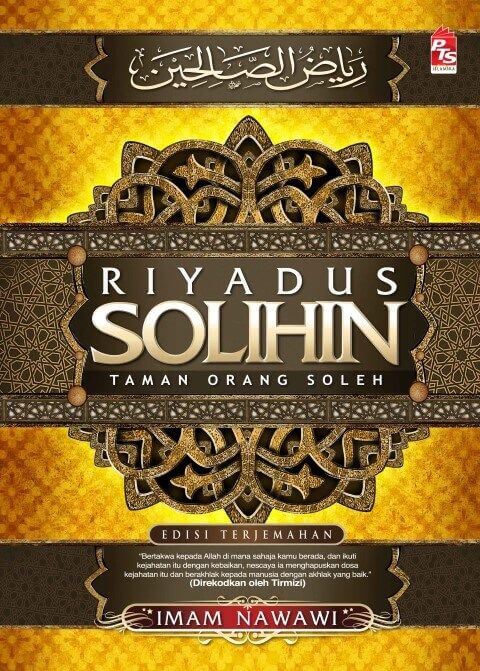WATER is essential for life. Therefore, a healthy adult needs to consume eight glasses of water daily. The water consumed must be clean and safe.
Natural Mineral Water (NMW) is defined as ground water obtained for human consumption from subterranean water-bearing strata through a spring, well, bore or any other way with or without addition carbon dioxide, for human consumption.
The Source: Only underground water. All natural mineral water must comply to the standard as prescribed in Schedule 26 (Regulation 360A (7)). Food Regulation 1985. Natural mineral water contains various minerals such as Magnesium, Calcium, Fluoride. Sodium, etc.
Packaged Drinking Water (PDW) is treated potable water other than natural mineral water, that is hermetically sealed in bottles or other packages and is intended for human consumption.
The Source: Sources of water are either from public water supply, or surface water (lake, river, pond), or underground water (tube well, spring water).
Types of water treatment to produce:
* Filtration - to get rid of the smell, taste, organic contaminants and chlorine.
* Distillation, Reverse Osmosis, Electro-dialysis, Ion-exchange - to reduce the mineral content, Ozone or Ultraviolet rays - functions as disinfectant.
* Water softening, Ion-exchange, Reverse Osmosis, Distillation - to reduce water hardness.
Filtration
Water goes through a series of filters in order to filter out any foreign matters but some volatile residue still remain in the water Filters which are not maintained or replaced according to their stipulated schedule could be breeding sites for both bacteria and algae. Activated carbon filters are commonly used to remove chlorine, organic compounds and their associated odours and tastes from the source water.
Reverse Osmosis
Osmosis is a process in which a solvent flows across a membrane separating a strong from a weaker solution. The solvent flows in the direction that will reduce the concentration of the solution. The flow of solvent between solution compartments can be observed as the liquid in the compartment of stronger solution increases in volume.
In contrast, reverse osmosis is a process by which water is forced under pressure to overcome osmotic pressure in order to move water from a high concentrated area to a less concentrated area. Water produced in such a manner contains nearly no minerals.
Distillation
Distilled water is produced through the condensation of vapour or steam from boiling water. Germs and other organisms in water are killed through this process. Water that has gone through this process contains hardly any minerals or contaminants. It has a "bland taste" due to the loss of minerals, which provide the taste of water.
Ozone
Ozone (03) is the strongest disinfectant and oxidising agent available for water treatment. It is 3000 times faster than chlorine at killing bacteria. Ozone is an unstable and colourless gas. Its application in packaged drinking water is approved since 1982 by USFDA as an aim to treat drinking water. Ozonation is a process of passing ozone through water. Ozonation rapidly kills pathogenic viruses and cysts. Like all disinfectants, ozone forms potentially harmful by-products such as bromoform. However the yield of bromoform is not significant unless the bromide is high, for example in certain underground water.
Ultra Violet
Ultra violet (UV) radiation is a good biocide. UV radiation can be effectively produced by the use of mercury vapour or antimony vapour lamps. UV has been employed in a variety of physical configuration. One of the configuration is by surrounding the UV lamps quartz sheaths, and the jacketed lamps are immersed in the flowing water. The other configuration is by letting the water through a Teflon tube surrounded by UV lamps.
Water Hardness
Water described as "hard" is high in dissolved mineral, specifically calcium and magnesium. Hard water is not a health risk but a nuisance because of mineral buildup on fixtures and poor soap and detergent performance. Most of the water sources found in Malaysia are soft water in which the addition of water-softening chemicals is not necessary.

















good article
ReplyDelete